Table of Contents
Quality Service Guarantee Or Painting Free

Get a rental agreement with doorstep delivery

Find the BEST deals and get unbelievable DISCOUNTS directly from builders!

5-Star rated painters, premium paints and services at the BEST PRICES!
Loved what you read? Share it with others!
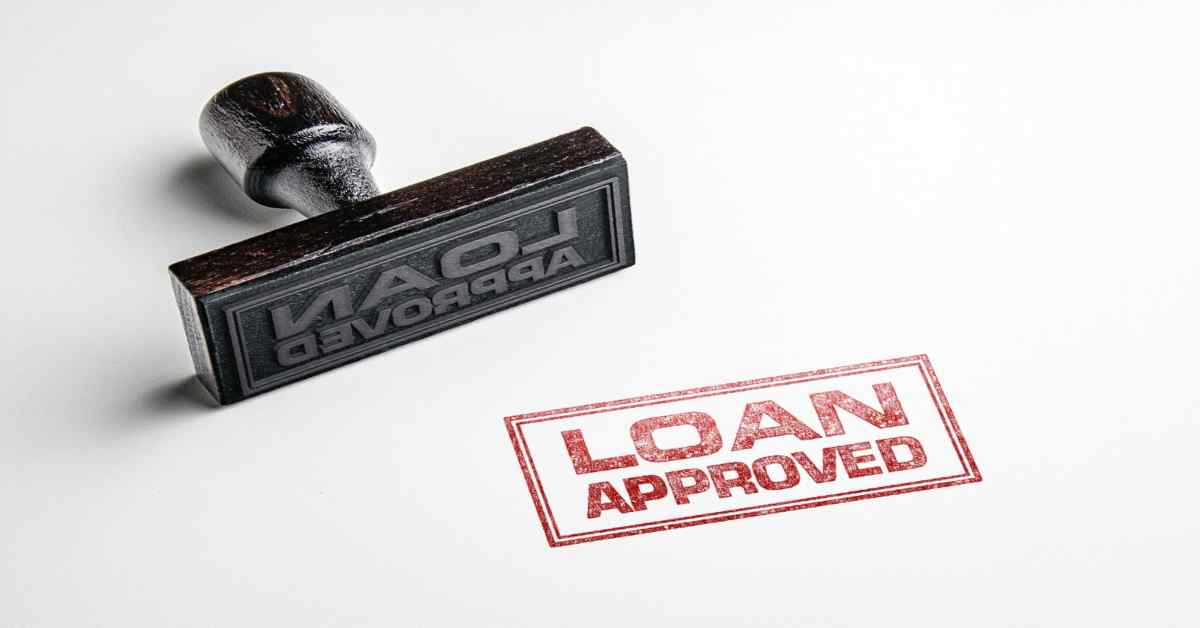

Submit the Form to Unlock the Best Deals Today
Help us assist you better
Check Your Eligibility Instantly

Experience The NoBrokerHood Difference!
Set up a demo for the entire community
Get 20,000 Personal Loan: Quickest Approval with No Paperwork
Table of Contents
Unexpected expenses can arise at any moment, ranging from medical emergencies to sudden repairs or even pursuing personal projects. In such scenarios, having access to quick and flexible financial solutions becomes imperative. This is where a ₹20,000 personal loan can play a pivotal role, providing individuals with the necessary funds to navigate through unforeseen challenges and seize opportunities. Let’s take a look at the factors influencing a 20,000 Personal Loan in India.
What is a Personal Loan?
A personal loan is a type of unsecured loan that individuals can borrow from a financial institution, such as a bank or an online lender, to meet various personal financial needs. Unlike secured loans, such as a mortgage or an auto loan, a personal loan is not backed by collateral like a house or a car. Instead, lenders approve personal loans based on the borrower's creditworthiness, income, and ability to repay.
Purpose of Taking Rs. 20,000 Personal Loan
Here are the common reasons for applying for a Rs 20000 personal loan:
Quality Service Guarantee Or Painting Free

Get a rental agreement with doorstep delivery

Find the BEST deals and get unbelievable DISCOUNTS directly from builders!

5-Star rated painters, premium paints and services at the BEST PRICES!
- Debt Consolidation: Combining multiple high-interest debts into a single personal loan with a lower interest rate can simplify repayment and potentially reduce overall interest costs.
- Home Improvement: Financing home renovations or repairs is a common use of personal loans, providing homeowners with the funds needed to enhance their living spaces.
- Medical Expenses: Personal loans can be used to cover unexpected medical costs, ensuring individuals have access to necessary healthcare without delay.
- Education: Funding educational expenses, such as tuition fees or textbooks, is another common reason people opt for personal loans.
- Wedding Expenses: Some individuals use personal loans to cover wedding costs, helping them create the celebration they envision.
- Travel: Whether for a dream vacation or an essential trip, personal loans can provide the necessary funds for travel expenses.
Fees And Charges For Rs. 20,000 Instant Loan
| Fees and Charges | Details |
| Processing Fee | ₹500 or 2.5% of loan amount (whichever is higher) |
| Interest Rate | 12% per annum (fixed) |
| Prepayment Charges | 3% of outstanding principal amount |
| Late Payment Fees | ₹200 for each late payment |
| Other Applicable Charges | Documentation Fee: ₹300 |
| Taxes | Goods and Services Tax (GST) at 18% on interest and fees |
| Hidden Charges | None disclosed |
| Loan Insurance (if applicable) | Optional at ₹500 per annum |
| Terms and Conditions | Refer to loan agreement for comprehensive details |
(Please note that these values are generic and may not represent the actual fees and charges of any specific lender.)
Features of a ₹20,000 Instant Loan
Here are some features of a Rs 20000 emergency loan:
- Unsecured Nature: A ₹20,000 personal loan is typically unsecured, meaning borrowers are not required to provide collateral. This reduces the risk for individuals who may not possess significant assets.
- Fixed Loan Amount: Borrowers receive a fixed sum of ₹20,000, providing a clear understanding of the loan amount they are eligible for and will need to repay.
- Fixed Interest Rate: Personal loans often come with a fixed interest rate, ensuring that the interest remains constant throughout the repayment period. This predictability aids in budgeting for monthly payments.
- Quick Disbursement: Given the relatively small loan amount, lenders can process and disburse a ₹20,000 personal loan quickly, making it suitable for urgent financial needs.
- Short Repayment Term: Personal loans for ₹20,000 typically have a short to moderate repayment term. This allows borrowers to repay the loan within a reasonable timeframe, avoiding long-term financial commitments.
- Versatile Use: Borrowers have the flexibility to use the ₹20,000 personal loan for various purposes, such as covering immediate expenses, addressing small debts, or managing unforeseen financial challenges.
Interest Rate on a ₹20,000 Personal Loan
The interest rate on a ₹20,000 personal loan can vary based on several factors, including the borrower's creditworthiness, the lender's policies, and the prevailing market conditions. Here are some key points to consider regarding the interest rate on a ₹20,000 personal loan:
- Credit Score: A borrower's credit score is a significant factor influencing the interest rate. Individuals with higher credit scores are generally considered lower risk by lenders and may qualify for lower interest rates.
- Lender Policies: Different lenders may have varying interest rate structures and policies. It's essential to compare offers from multiple lenders to find the most competitive rates.
- Loan Repayment Term: The repayment term chosen by the borrower can impact the interest rate. Shorter loan terms may come with higher monthly payments but often have lower overall interest costs compared to longer-term loans.
- Market Conditions: Economic conditions and prevailing interest rates in the market can also influence the interest rate on personal loans. During periods of low interest rates, borrowers may find more favourable terms.
- Income and Employment History: Lenders may consider the borrower's income and employment history to assess their ability to repay the loan. Stable employment and a sufficient income may contribute to lower interest rates.
- Loan Type: Some lenders offer fixed interest rates, which remain constant throughout the loan term. Others may provide variable rates that can change based on market conditions. Borrowers should be aware of the type of interest rate offered.
- Existing Relationship with the Lender: Existing customers of a bank or financial institution may be eligible for preferential interest rates or discounts on personal loans.
- Risk Factors: Lenders evaluate various risk factors, such as the borrower's debt-to-income ratio, to determine the appropriate interest rate. Individuals with lower perceived risk may receive better interest rate offers.
- Loan Amount: The loan amount, in this case, ₹20,000, is relatively small. Some lenders may have specific interest rate bands for different loan amounts.
How to Apply for a ₹20,000 Personal Loan?
Applying for a ₹20,000 personal loan involves a straightforward process, and it can be done through both traditional lenders like banks and online financial institutions. Here's a step-by-step guide on how to apply for a ₹20,000 personal loan:
- Check Your Eligibility: Before applying, ensure that you meet the eligibility criteria set by the lender. Criteria may include minimum age, income requirements, and credit score.
- Review Your Credit Score: Obtain a copy of your credit report and check your credit score. A higher credit score increases your chances of securing a loan with favorable terms.
- Compare Lenders: Research and compare various lenders, including traditional banks, credit unions, and online lenders. Consider interest rates, fees, and customer reviews to find the best fit for your needs.
- Gather Necessary Documents: Prepare the required documents such as proof of identity, address proof, income documents (salary slips, bank statements), and any other documents specified by the lender.
- Use Online Loan Calculators: Utilize online loan calculators to estimate your monthly payments, interest costs, and the total repayment amount. This helps you understand the financial implications of the loan.
- Fill Out the Online Application: If applying online, visit the lender's official website and fill out the online application form. Provide accurate and complete information to expedite the approval process.
- Submit Application and Documents: Upload the necessary documents along with your application. Ensure that all documents are clear and legible. Some lenders may allow you to submit documents electronically.
- Verification Process: The lender will verify the information provided and assess your eligibility. This may include a credit check and validation of your financial documents.
- Loan Approval: Upon successful verification, the lender will approve your loan. You will receive a loan agreement detailing the terms and conditions, including the interest rate, repayment schedule, and any applicable fees included in your EMI for a Rs.20,000 Loan.
- Accept the Loan Offer: Review the loan agreement carefully. If you agree with the terms, accept the loan offer. This may involve providing an electronic signature.
- Disbursement of Funds: Once you accept the offer, the lender will disburse the ₹20,000 loan amount to your designated bank account. The funds are usually transferred electronically.
- Repayment: Follow the repayment schedule outlined in the loan agreement. Set up automatic payments, if available, to ensure timely repayments.
Document Checklist for Urgent Rs 20,000 Loan
Here’s a document checklist for a Rs 20000 instant loan:
| Document Type | Examples |
| Proof of Identity | Aadhar card, Passport, Voter ID |
| Proof of Address | Utility bills, Rent agreement, Driving license |
| Proof of Income | Salary slips, Bank statements, Income Tax Returns |
| Employment Proof | Offer letter, Employee ID card, Appointment letter |
| Bank Statements | Last 3 to 6 months showing salary credits |
| Passport Size Photographs | Passport-sized color photographs |
| PAN Card | Permanent Account Number (PAN) card |
| Credit Score Report | Credit report from a credit bureau |
| Loan Application Form | Provided by the lender, filled accurately |
Eligibility Criteria for Rs 20,000 Loan Online
Here are the eligibility criteria for both salaried and self-employed (unsalaried) individuals:
Eligibility Criteria for Salaried Individuals
| Eligibility Parameter | Details |
| Age | Minimum: 18 years; Maximum: 60 years |
| Employment Type | Salaried with a stable job |
| Monthly Income | Meets the minimum income requirement set by the lender |
| Work Experience | Typically, at least 6 months to 1 year of continuous employment |
| Credit Score | Good credit history with a satisfactory credit score (750+) |
| Citizenship | Indian citizen |
| Documentation | Proof of identity, address, income, employment, bank statements |
Eligibility Criteria for Self-Employed (Unsalaried) Individuals
| Eligibility Parameter | Details |
| Age | Minimum: 18 years; Maximum: 65 years |
| Business Stability | Typically, at least 2 to 3 years of stable business operations |
| Annual Income | Meets the minimum income requirement set by the lender |
| Credit Score | Good credit history with a satisfactory credit score (750+) |
| Citizenship | Indian citizen |
| Documentation | Proof of identity, address, income, business stability, bank statements |
What is the EMI for a Rs.20,000 Loan?
To calculate the Equated Monthly Installment (EMI) for a ₹20,000 loan, we'll need to consider the loan amount, interest rate, and tenure (loan duration). Let's use a hypothetical interest rate of 12% per annum and a loan tenure of 12 months for this example.
The formula for EMI Calculation
EMI = [P x R x (1+R)^N]/[(1+R)^N-1]
- P is the loan amount,
- r is the monthly interest rate (annual rate of interest divided by 12 and multiplied by 100 to convert to a percentage),
- n is the loan tenure in months.
Using this formula, you can calculate your EMI obligations for any loan amount. Alternatively, you can also use our EMI calculator for a much easier process. (link Calculator)
Foreclosure of Rs 20,000 Personal Loan
Foreclosing a personal loan means repaying the entire outstanding loan amount before the scheduled tenure. Lenders may allow borrowers to foreclose their loans, but there might be certain terms and conditions associated with it. Here's an overview:
- Foreclosure Charges: Check with the lender for any foreclosure charges. Some lenders may levy a fee for closing the loan before the completion of the original tenure.
- Prepayment Penalty: Understand if there's a prepayment penalty or fee associated with foreclosing the loan. This is a charge for repaying the loan amount before the agreed-upon tenure.
- Check Loan Agreement: Refer to the loan agreement for specific terms related to foreclosure. It will outline any charges, conditions, or procedures associated with closing the loan early.
- Contact the Lender: Reach out to the lender's customer service to inquire about the foreclosure process and associated charges. They can provide specific information tailored to your loan.
- Payment Mode: Clarify the acceptable modes of payment for foreclosure. Some lenders may require the payment to be made through a specific method.
- Outstanding Amount: Obtain the exact outstanding amount, including any interest or charges up to the foreclosure date. This will be the total amount you need to repay.
- Informing the Lender: Inform the lender of your intention to foreclose the loan. They may guide you through the process and provide instructions on making the payment.
- Collect No Dues Certificate: After making the foreclosure payment, request a No Dues Certificate from the lender. This document certifies that you have repaid the entire loan amount.
Need Rs 20000 Loan Urgentlly? Get an Emergency loan With NoBroker
You can follow the above steps and get a cash loan of Rs 20000 with any lender. With lenders like NoBroker, the entire process is highly convenient and quick. So why wait? Start your journey towards financial independence with a Rs 20000 personal loan through NoBroker.
Frequently Asked Questions
The loan amount is fixed at Rs. 20,000 for this particular loan.
Yes, you can prepay or foreclose the loan. However, check with the lender for any associated charges or penalties.
The interest rate may vary based on the lender. Check with the specific lender for the applicable interest rate.
The loan tenure can vary. Check with the lender for available tenure options.
Processing fees may apply. Review the terms and conditions or contact the lender for details.
You can apply online through the lender's website or visit their branch. Follow the application process outlined by the lender.
Commonly required documents include proof of identity, address, income, and bank statements. Refer to the lender's documentation checklist.
Lenders may consider various factors, including credit score, during the approval process. Check with the lender for their specific eligibility criteria.
The EMI is calculated based on the loan amount, interest rate, and tenure. Use the lender's EMI calculator or contact them for precise calculations.
Generally, personal loans are flexible and can be used for various purposes such as medical expenses, travel, or debt consolidation. Confirm with the lender for any specific restrictions.
Check Out Other Personal Loan Blogs
| Urgent Rs. 50,000 Loan | Urgent Rs. 10,000 Loan |
| Instant Rs. 5,000 Loan | Instant Cash Loan |
| Instant Cash Loan Without Documents | Instant Cash Loan in 1 Hour Without Documents |
Recommended Reading
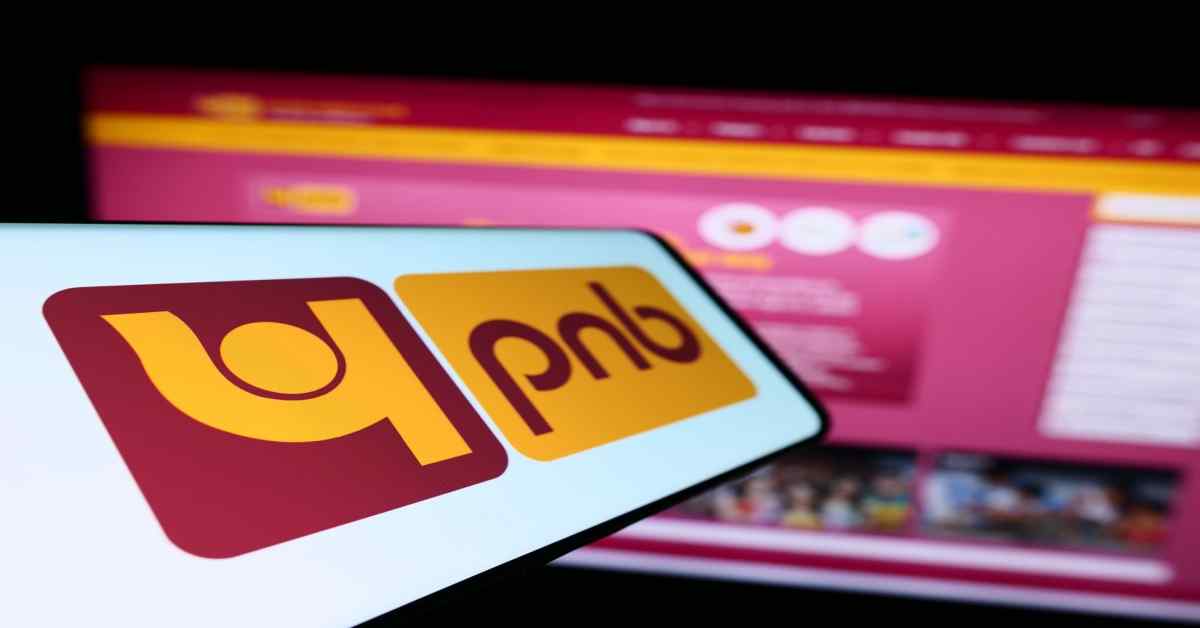
PNB Personal Loan Interest Rates – Updated in February 2025
February 6, 2025
2854+ views
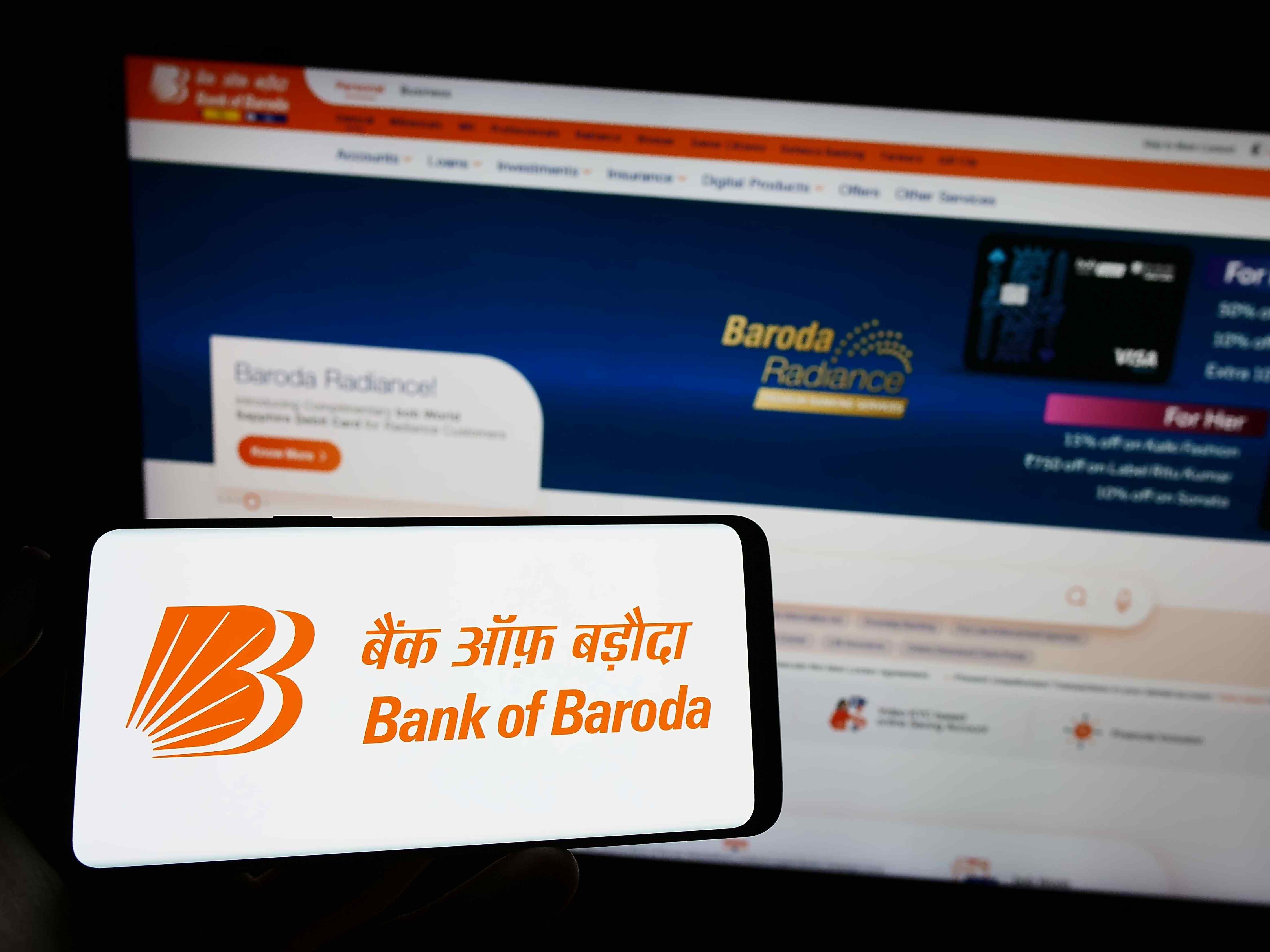
BOB Personal Loan Interest Rate - Updated in February 2025
February 6, 2025
2704+ views
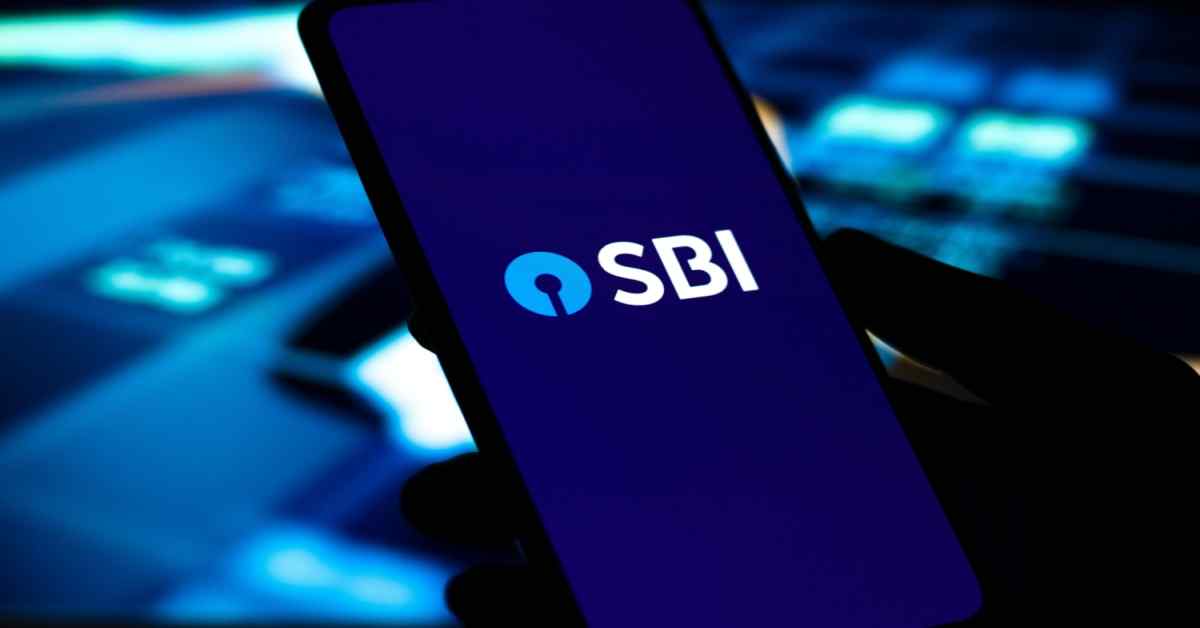
SBI Personal Loan Interest Rates Updated in February 2025
February 6, 2025
9965+ views
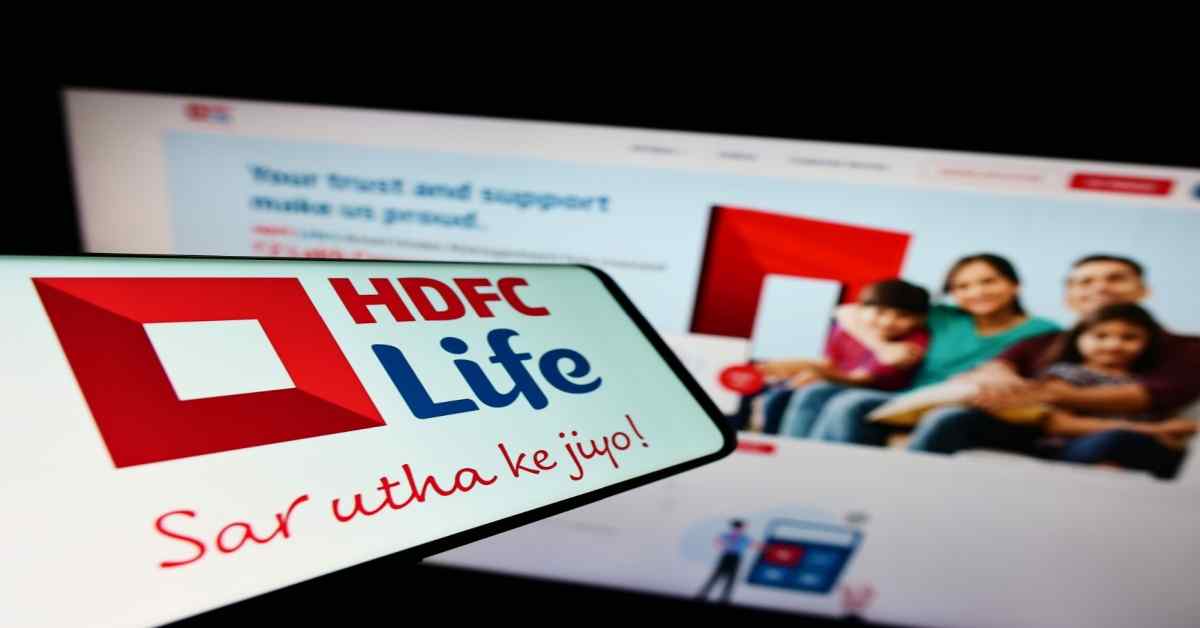
HDFC Personal Loan Interest Rates with Calculator: Updated in February 2025
February 6, 2025
5799+ views
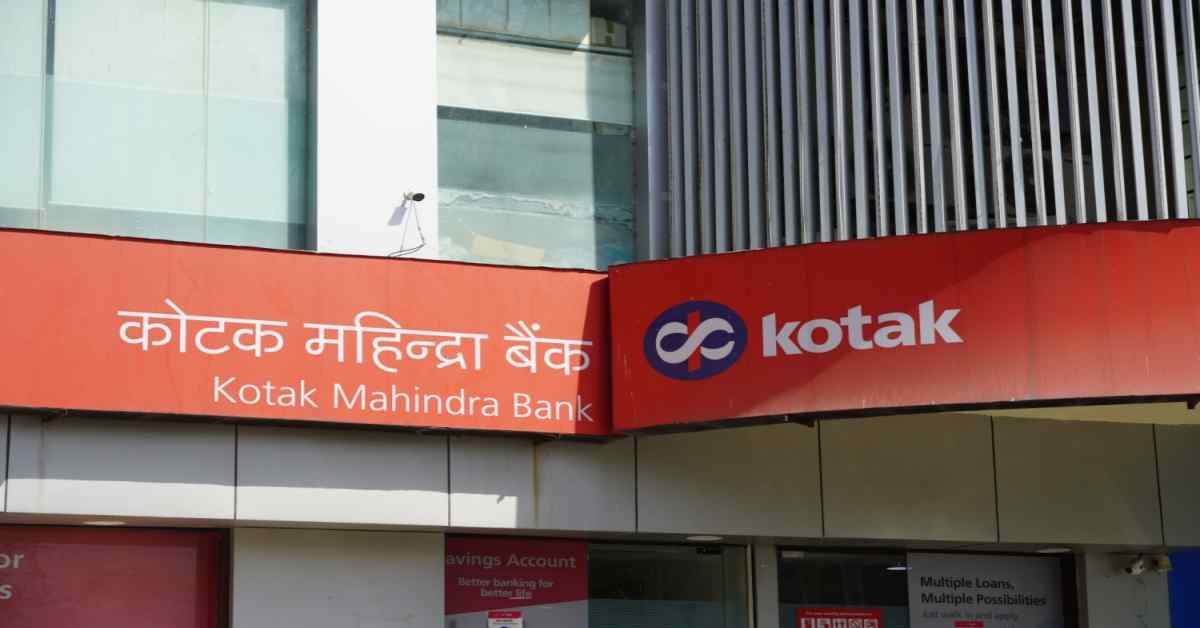
Kotak Personal Loan Interest Rates: Updated in February 2025
February 6, 2025
2971+ views
Loved what you read? Share it with others!
Most Viewed Articles

7 Days Loan Apps List in India: 10 Best Loan Apps for Instant Cash in 2025
January 8, 2025
78829+ views
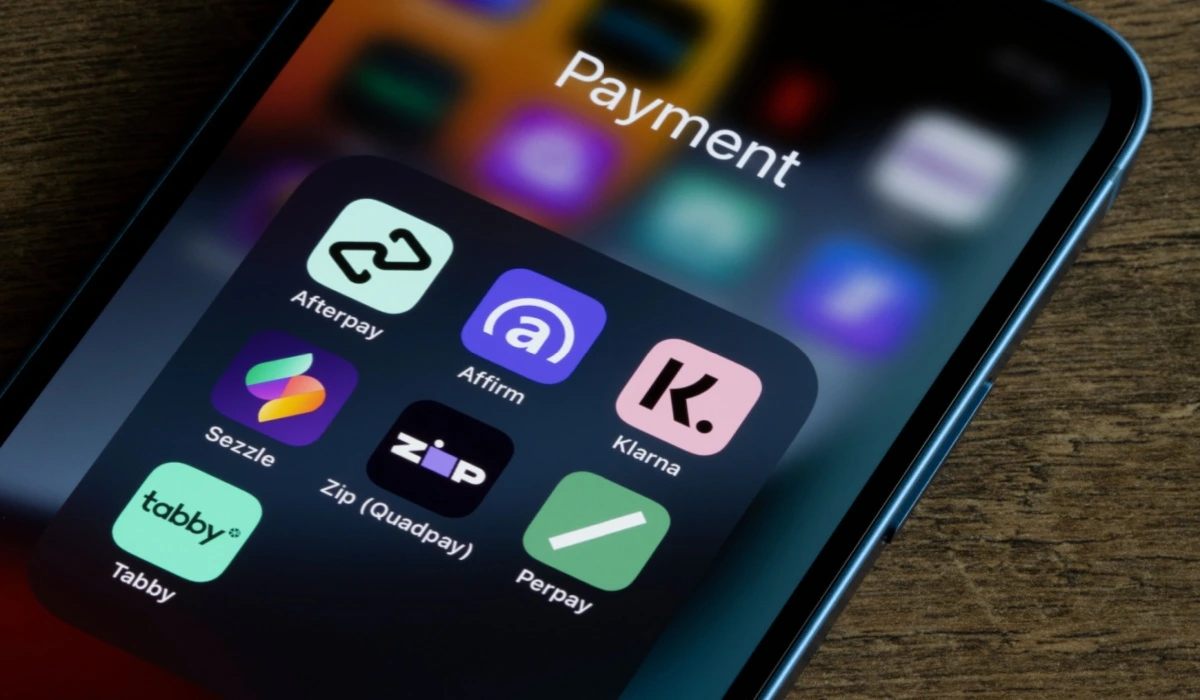
Low CIBIL Score Loan Apps List: Best Apps for Instant Loans with Bad Credit for 2025
January 31, 2025
61171+ views

Instant ₹5000 Loan: Easy Application Procedure
January 31, 2025
32488+ views

30 Days Loan Apps: Quick Cash Solutions with Flexible Repayment At Lowest Rates for 2025
January 31, 2025
23600+ views
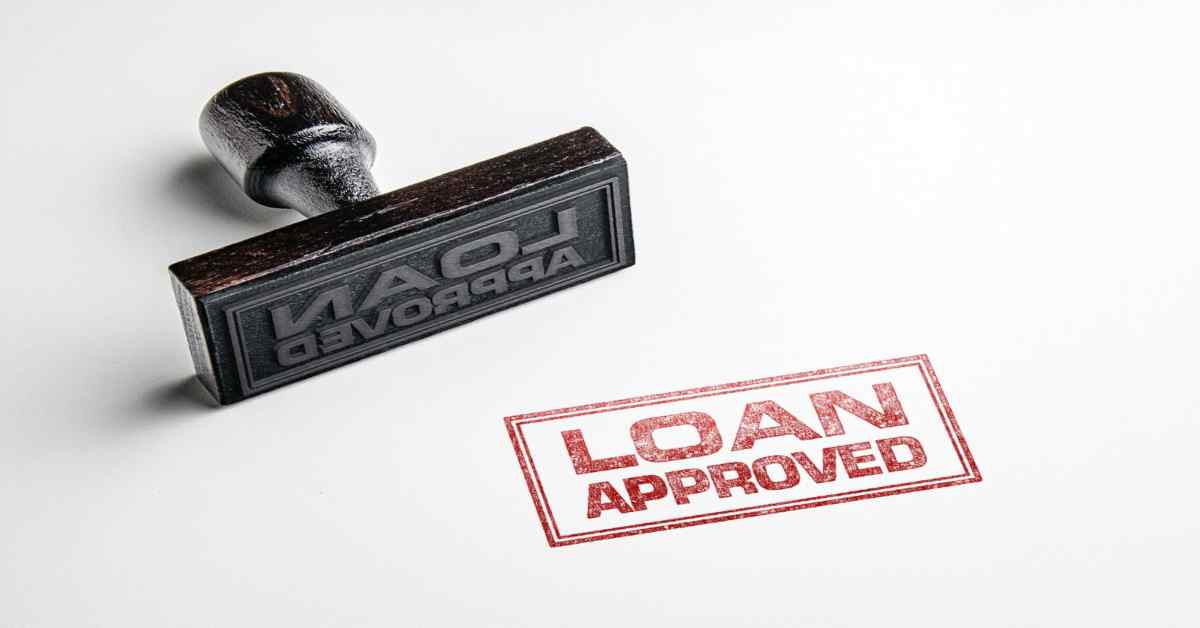
January 15, 2025
22237+ views
Recent blogs in
PNB Personal Loan Interest Rates – Updated in February 2025
February 6, 2025 by Nivriti Saha
BOB Personal Loan Interest Rate - Updated in February 2025
February 6, 2025 by Suju
SBI Personal Loan Interest Rates Updated in February 2025
February 6, 2025 by Nivriti Saha
HDFC Personal Loan Interest Rates with Calculator: Updated in February 2025
February 6, 2025 by Nivriti Saha
Kotak Personal Loan Interest Rates: Updated in February 2025
February 6, 2025 by Suju



Join the conversation!